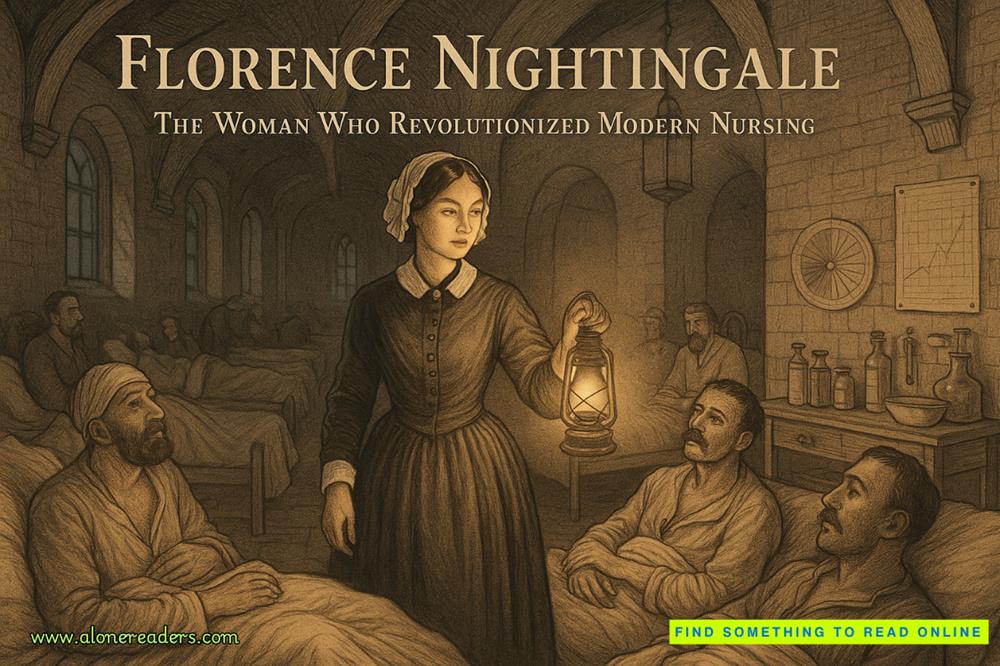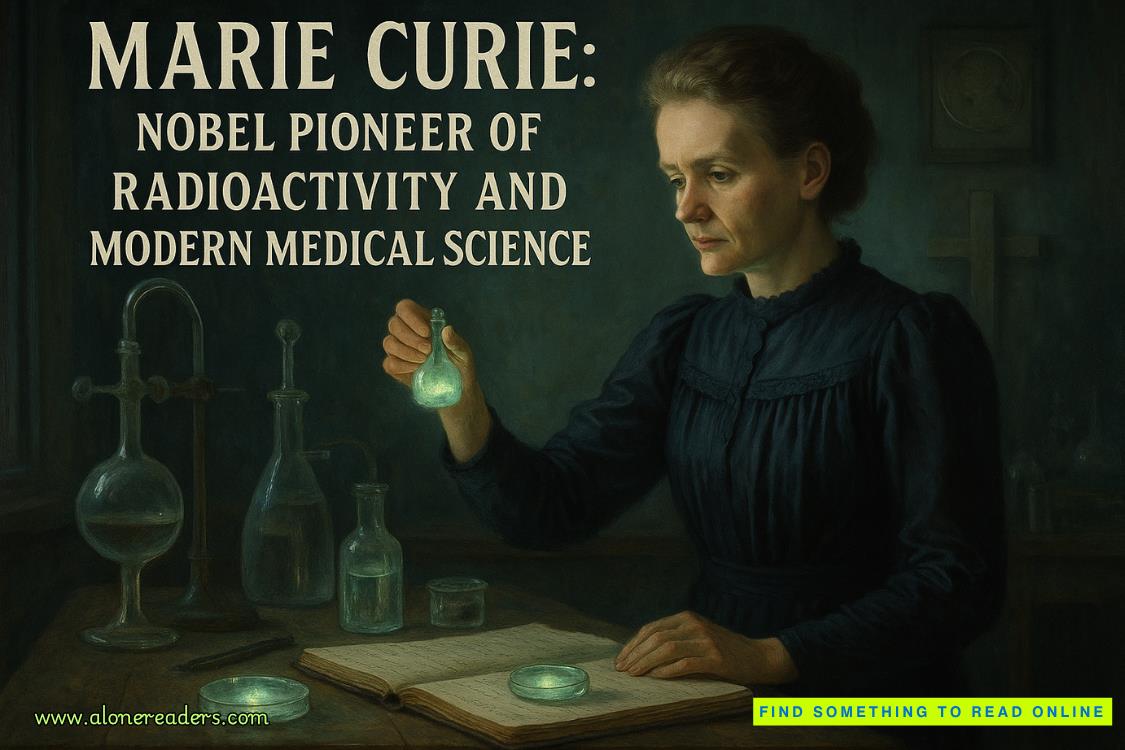POPULATION: 446
CLACKS TERMINAL: at the station.
POST OFFICE: in the town square.
MARKET DAY: Saturday.
Bean Fair third Tuesday in Sektober. Sproutington is the centre of the bean drying and packaging industry. Sproutington Hall, once the country seat of the Snapcases, is now occupied by the Bendigo family.
HERE THE TRACK runs along an embankment which allows a good view of Sproutington Hall, its grand ivy-covered façade and barley-sugar chimneys now almost eclipsed by the giant advertising boards proclaiming the virtues of Bendigo’s Beans. One sincerely hopes that the late Lord Snapcase is turning in his grave, allowing a small comfort to those who suffered under his governance.
After the main bean harvest in Sektober, the locals make a special pottage of the gleanings. This ‘Bean Feast’ or ‘Flatulent Tuesday’ sometimes coincides with the Soul Cake Duck celebrations. A fellow traveller advised me to avoid the town during this period. It seems that the seasonal peak in excess digestive gases, combined with home-distilled bean liquor, makes for an explosive occasion which can lead to sometimes fatal accidents.
Over the next half-hour the view from the train hardly changes but the land rises gradually to the second stop on the route, Dimmuck Junction.
Here one can transfer to the branch line running up to Scrote and Effing Halt.
•DIMMUCK•
POPULATION: 656
CLACKS TERMINAL: in the station.
POST OFFICE
ACCOMMODATION: Station Hotel, Cooper’s Arms.
BANK: Ankh-Morpork Mercantile, open Wednesday and Friday.
MARKET DAY: Wednesday.
Earth-up Friday Fair in June, the Chitting Fair mid-Ick.
Since the development of the branch line to the Effing Forest, Dimmuck has become the centre of a busy joinery industry.
EVEN FROM THE train the traveller is assailed by the smell of sawn timber and wood preservative and the sound of sawing, sanding and hammering. Since the opening of the Effing Forest line which brings the renowned and colourful Effing timber to Ankh-Morpork there have developed myriad workshops making furniture and small decorative items such as trinket boxes.
The old stone shrine to Epidity is now much neglected, which is a pity as these monuments are becoming increasingly rare. In the days when potatoes were the main source of income and a sack of Dimmuck’s prize mashers fetched a fair price at market, the good people of the town decorated the shrine once a year on ‘Earth-up Friday’ with garlands of flowers and potato croquettes. A potato queen was crowned and children had a day off school to help in the fields.
I recall passing by Dimmuck many years ago when it was a hamlet of just a few small dilapidated farms. The people looked malnourished and the children had no shoes. Now they look prosperous and well dressed and even if there are perhaps too many establishments selling potato gin and sawdust scrumpy, it is part of the price we pay for this economic growth fuelled by the railway.
After Dimmuck the train travels through a landscape of mixed farming, where fields of cows and pigs break up the monotony of arable crops; and looking hubwards it is possible to see the fringes of the Effing Forest. It is an hour and a half to Champal Junction where the slow train branches off towards the coast. During this journey the view changes and gentle hills and valleys replace the plains. If you are travelling in May you will witness a most enchanting sight: acres of apple orchards in full blossom, a sweet-smelling pink and white lace covering everything as far as the eye can see, and looking rimwards this lovely view is topped off by the snowy summit of Para Mountain.
The track passes a curious monument called Putter’s Result. It is a column with what appears to be an apple on the top; I had seen it from the road many years ago and learnt its history but never had an opportunity to examine the splendid workmanship. The story goes that sometime in our long history there was a revolt by the peasants in the area who were suffering from the usual depredations of poor harvests and exorbitant rents. There was a bit of rick-burning, a few pitchforks were raised and there were scuffles in the local hostelry. The arrival on the scene of Lord Selachii’s Light Infantry to ‘put down the oiks’ polarized local opinion to such an extent that half a dozen angry farmers led by a night-soil man called Horatio Chumbunderly became an armed band ready to do battle. At t
his stage accounts of the debacle vary, but it appears that both forces unaccountably discovered a cache of cider in their midst. The inevitable inebriation was compounded by the cider’s medicinal nature and the two armies became one body of men sharing a common affliction and in search of a privy. The outcome was that concessions were made by both sides and no blood was shed. The relieved local population raised a subscription to have the monument erected, on the site of the privy, to commemorate Putter’s Russett, the local cider apple.
The train stops for some time on the approach to the station at Champal Junction with the apologies of the guard. It seems that when the branch line from this station was being constructed, track laying began from the coast instead of from Champal. As the work neared completion it became apparent that all was not going to plan and the new line, instead of joining at Champal Town station, missed it by a few hundred yards. The surveyors blamed local residents, who were against the railway, for interfering with the gauging rods; the locals blamed goblins. Whatever the cause, the end result is that trains to the coast have to be shunted backwards out of the station after making their stop, to join the branch line. It certainly causes some confusion for passengers joining the train here as it is not always easy to establish the destination of the train as it goes back and forth past the platforms.
•CHAMPAL TOWN•
POPULATION: 765
CLACKS TERMINAL: at the station.
POST OFFICE: Castle Square.
ACCOMMODATION: Castle Hotel, The Selachii Arms.















